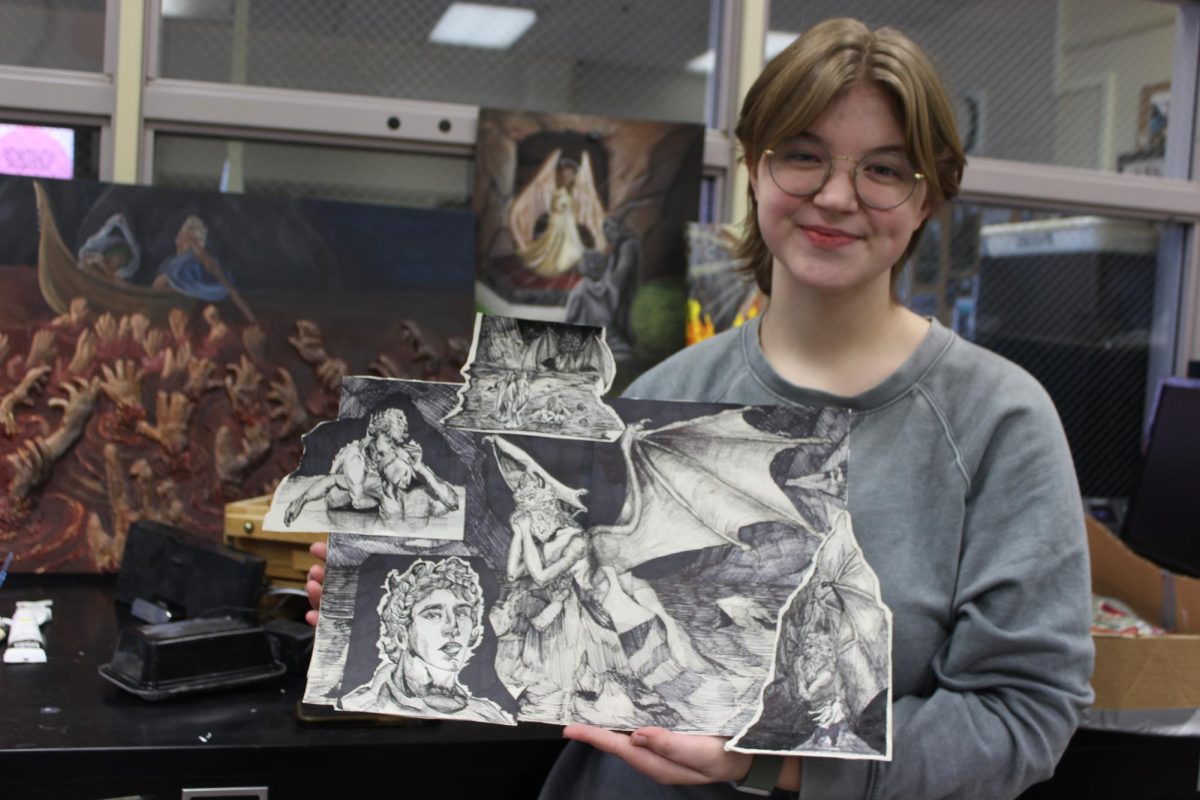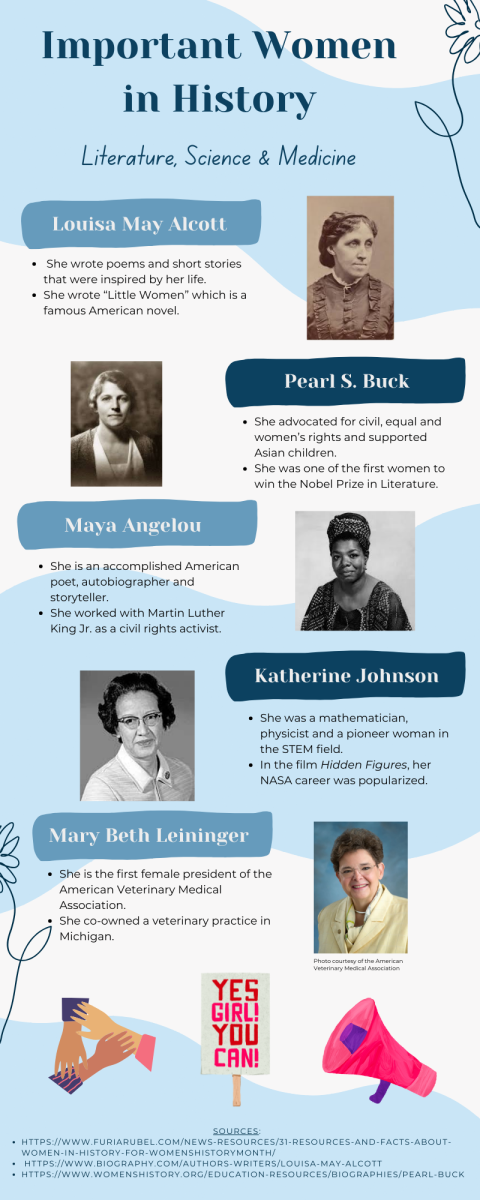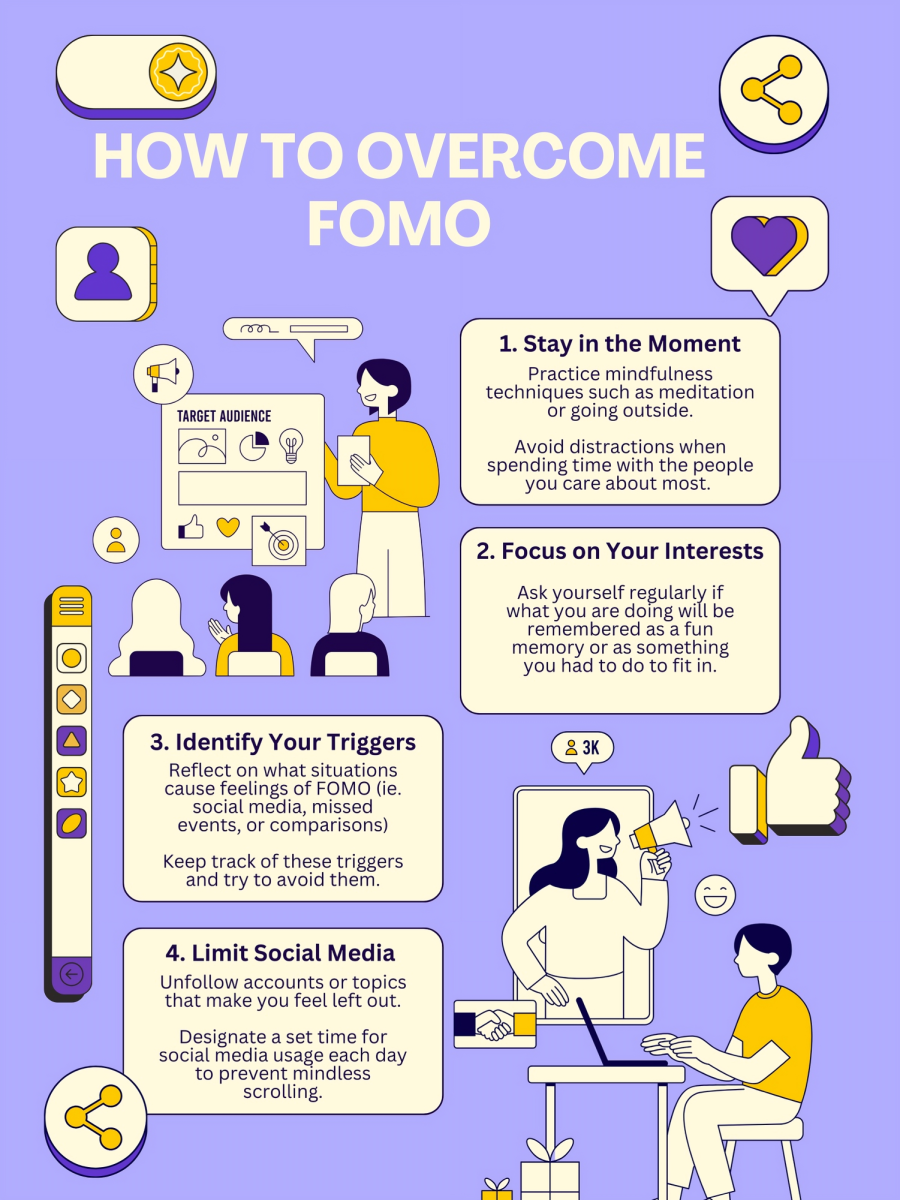In Walt Disney’s career, he created three princesses: Snow White, Cinderella, and Aurora (from “Sleeping Beauty”). Since these animated classics, the image of a princess has drastically changed.
The three princesses that started it all had similar stories and characteristics. They were naive, innocent, young, and of course, beautiful. Each story had an evil witch or stepmother and a handsome prince. Most importantly, the princesses in each story relied on other characters to get what they wanted in life, which was true love.
In “Snow White and the Seven Dwarfs,” Snow White was tricked into eating a poisoned apple given to her by a “stranger” (it was really her evil step mother). She then fell into a deep sleep, and the only way to wake her was by a kiss from her one true love: the handsome prince she had only just met.
Cinderella relied on her fairy godmother to grant her wishes of going to the ball and finding true love with her Prince Charming. Similar to Snow White, Aurora from “Sleeping Beauty” fell into a deep sleep because of an evil spell and could only be awakened by a true love’s kiss. Instead of getting what they wanted on their own, these princesses depended solely on others.
It was only after Walt Disney died in 1967 that the princesses gradually started to change. Princesses like Ariel, Belle, Jasmine, Pocahontas, and Mulan went against society’s standards and took a stand for what they believed in, showing independence and strength.
Within the past few years, however, three royals defined what it really means to be a princess and sent a new message about true love to young girls. The movie “Brave” came to theaters in the summer of 2012 and featured a young Scottish princess named Merida. Merida is a brave, bold, daring, courageous, stubborn, independent, rebellious, and headstrong girl who does not fit the stereotypical princess role. She’d much rather practice her archery than be a princess. Her mother, the queen, disapproves of her daughter’s tomboyish ways and tries to fix her so that one day she may have a suitor. Merida and her mother don’t see eye to eye because of their different views, and their relationship gets tested. With a truly touching end, the story focused on finding that mother-daughter bond instead of finding a handsome prince to marry.
This is much the same in the ever-popular movie “Frozen,” which came to theaters in 2013. Featuring Princess Anna and Queen Elsa, “Frozen” was the first-ever Disney animated movie to have royal siblings and a protagonistic queen. Anna, the youngest of the sisters, is anything but graceful. She’s awkward, energetic, quirky, and clumsy. Elsa, unlike her sister, is poised, reserved, quiet, independent, and complex. Elsa was forced to hide in her room for most of her life in order to keep her magical snow powers a secret from Anna, and because of that, she and her sister grew apart. Over the course of the movie, Anna goes on an adventure to save the kingdom and to find her runaway sister. She met a man named Christoff who helped her along the way, and they developed a liking for each other. When she finally found her sister, Elsa accidentally pierced Anna’s heart with ice, and Anna had limited time before she was completely frozen, unless there was an act of true love.
With another touching ending, Anna was near freezing and went out to find Christoff, who she presumed was her true love. In the distance, Anna saw Christoff running towards her on one side, and on the other, she saw that evil Prince Hans was about to kill her sister. Faced with a desperate decision to save herself and go for the man or risk her life to save Elsa’s, Anna turned and blocked Elsa from harm’s way, freezing over at the same time. Elsa ran to her frozen sister and hugged Anna as she wept. This was the act of true love that saved Anna because the love shared between sisters is the strongest kind there is.
The message of both “Brave” and “Frozen” is that family is more important than finding a handsome prince, and that you don’t have to be perfect to be a princess.



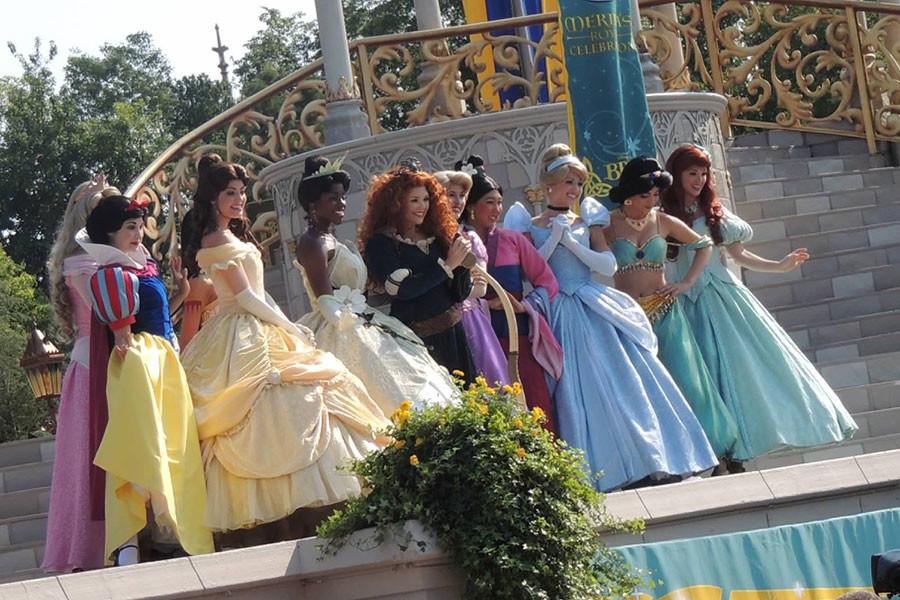




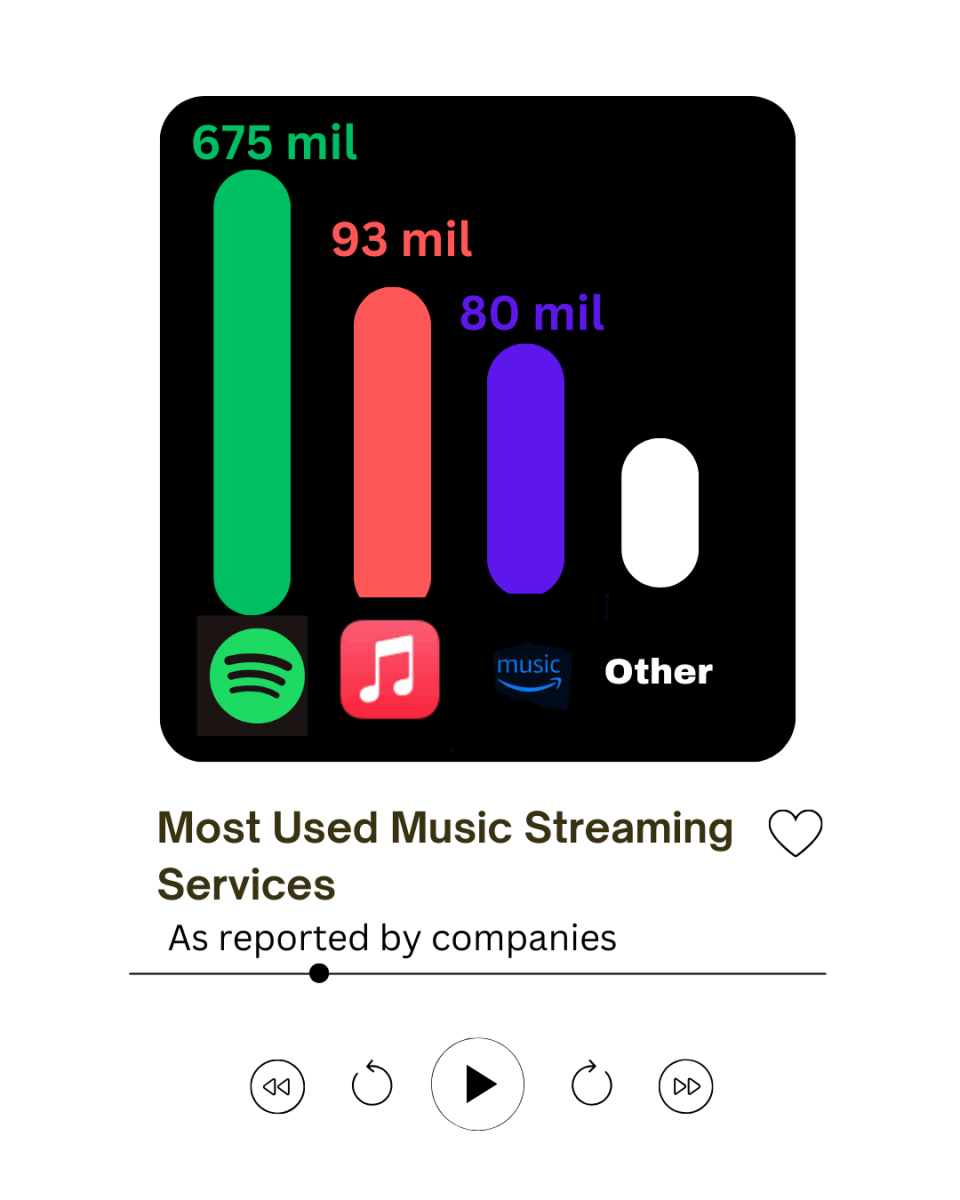
![Senior River Thompson joins the Jazz Ensemble by singing “That Old Black Magic” by Mercer and Arlen Arr. Mark Taylor, along with senior Annie Brody on guitar and junior Thomas Teixeira on bass, earning big applause. “[The concert had] great energy because it's the last [jazz concert] of the year,” Brody said.](https://www.lhsdoi.com/wp-content/uploads/2025/04/Eight-That-Old-Black-Magic-1200x800.jpg)
![Mr. Abullh Ali, manager/assistant, helps open Queen Yemeni Coffee in downtown Libertyville at 606 North Milwaukee Ave. With the help of employees such as manager and LHS senior Yousef Taha, they are able to bring the Yemeni and Ethiopian culture to Libertyville by using their Queen spices, cinnamon and cardamom in their drinks such as Adani Chai, which is inspired by Sheda, the Queen of Yemen and Ethiopia. “The history of our coffee [is] a long history and we believe that Yemen and Ethiopia started the coffee and we are bringing something unique to the community,” Mr. Ali said.](https://www.lhsdoi.com/wp-content/uploads/2025/04/Photo-1-1200x800.jpg)
